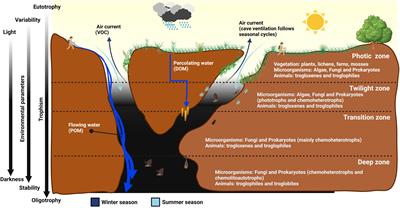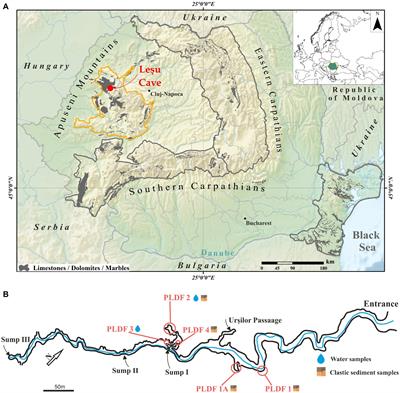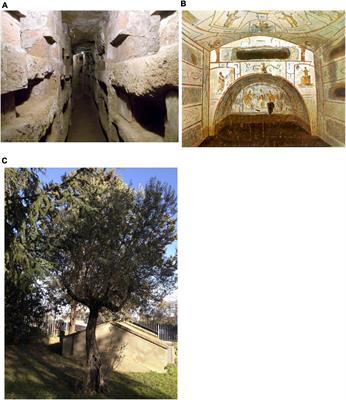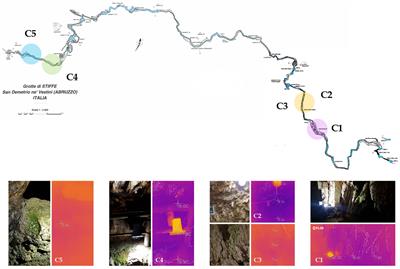EDITORIAL
Published on 29 May 2024
Editorial: Microbial roles in caves
doi 10.3389/fmicb.2024.1411535
- 848 views
- 1 citation
14k
Total downloads
72k
Total views and downloads
EDITORIAL
Published on 29 May 2024
REVIEW
Published on 20 Mar 2024

ORIGINAL RESEARCH
Published on 07 Feb 2023

ORIGINAL RESEARCH
Published on 21 Dec 2022

ORIGINAL RESEARCH
Published on 10 Nov 2022

REVIEW
Published on 28 Sep 2022

ORIGINAL RESEARCH
Published on 23 Sep 2022

ORIGINAL RESEARCH
Published on 28 Jul 2022

ORIGINAL RESEARCH
Published on 21 Jul 2022

ORIGINAL RESEARCH
Published on 14 Jul 2022

ORIGINAL RESEARCH
Published on 01 Jul 2022

ORIGINAL RESEARCH
Published on 29 Jun 2022
